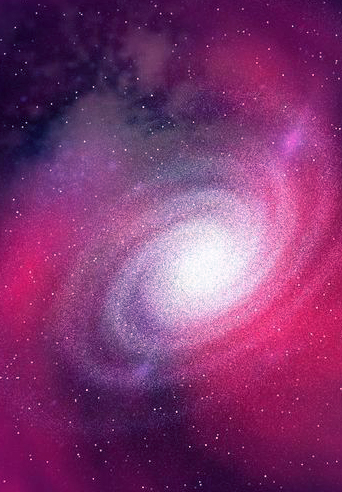The Big Bang
In the 1700s, it was generally accepted within the scientific community that Aristotle’s view of an infinite universe, with no beginning, was the correct view. That view when generally unchallenged until 1915 when Albert Einstein developed his general theory of relativity. The problem Einstein had when applying his theory was that it showed that the universe should either be expanding or contracting. Einstein did not like this result, because it was contrary to the accepted theory of a stationary universe. So Einstein entered the wonderful world of scientism, he fudged his numbers to make his universe sit there and behave itself like it was supposed to, neither expanding nor contracting.
In 1920, a Russian mathematician Alexander Friedman and a colleague of his, an astronomer by the name of George Lemaitre got their hands on Einstein’s theory of relativity and began to build their own models of the universe. They followed the data to its natural conclusion and theorized that the universe was expanding. If the universe was expanding, then it could be postulated that there had been a point of origin and also a beginning. This new theory discredited Aristotle’s belief in an eternal universe. They called this premise, the Big Bang.
This theorem was accepted by scientists as being reasonable and many scientists began to gather empirical data that supported this model.
A large contributor to this was an astronomer by the name of Edwin Hubble. Edwin had observed that when he was looking at distant galaxies, the color of those galaxies appeared to be off. The color of these galaxies fell more in the red spectrum of light, than they were supposed to. He postulated that the “red shift” was caused by the universe expanding. These astrological observations were considered the first empirical data that confirmed the theorem that the universe is expanding.
The next piece of evidence was hypothesized in the 1940s by George Gamma. He postulated that if the Big Bang really did happen then the background temperature of the universe should not be absolute zero, but a couple degrees above. He believed that this heat would be a relic from the early stage of the universe. In 1965 two scientists, studying an unrelated matter, discovered the background radiation of the universe and sure enough, it was about 3.7° above absolute zero, the second piece of evidence supporting the Big Bang Theory.
The third piece of evidence came in the study of light molecular elements. It is generally accepted that the heavy elements are a byproduct of a supernova but the light elements like deuterium and helium, require a much larger furnace to be created. Even a supernova doesn’t come close to the heat required to produce these light elements. This would require a furnace that could generate billions of degrees. The only furnace big enough to do this would be the Big Bang itself.
The First Three Minutes
Steven Weinberg renowned physicist and Nobel Peace Prize winner, in his book called the First Three Minutes
“In the beginning there was an explosion, not an explosion like those familiar on earth, starting from a definite center and spreading out to engulf more and more of the circum-ambient air, but in explosion which occurred simultaneously everywhere, filling all space from the beginning with every particle of matter brushing apart from every other particle.
Within the tiniest a split second, the temperature hit 100,000 million degrees centigrade. This is much hotter than in the center of even the hottest star, so hot, in fact, that none of the components of ordinary matter, molecules, or atoms, or even the nuclei of atoms, could’ve held together…
The matter rushing apart, consisted of such elementary particles as negatively charged electrons, positrons, and neutrinos, which lacked both electrical charge and mass. Interestingly, there were also photons: the universe was filled with light.”
Bill Bryson, Chancellor at Durham University, in his book titled A Short History of Nearly Everything, writes
“ninety eight percent of all the matter there is or will ever be has been produced. We have a universe. It is a place of the most wondrous and gratifying possibilities, and beautiful, too. And it was all done in about the time it takes to make a sandwich.”
Implications of this Theory
If the universe has a specific starting point in time, it implies cause. The next sequential question is, how did an entire universe pop into existence from nothing?

